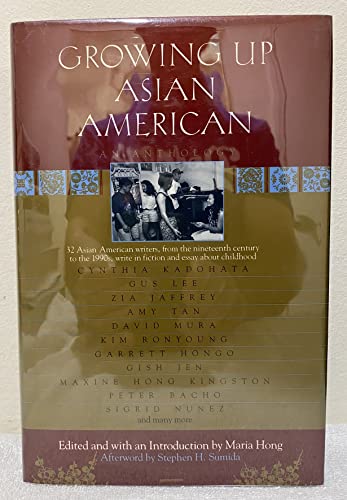





Asian American and Pacific Islander Heritage Month celebrates a diverse group of peoples with rich histories and amazing stories that should be told. The heritage months, in general, were created in order to highlight the beauty of the multicultural communities in the United States. California, and especially the Bay Area, is one of the most culturally diverse areas in the U.S., and those of Asian and Pacific-Islander heritage have a long history associated with California. Some of that history is painful, but some of that history is positive. The pages in the LibGuide explore several different resources to help you become acquainted with many different cultures that exist under the umbrella of Asian and Pacific-Islander cultures.
--Compiled by Amy Catania, PhD
In 1978, a congressional resolution established the first ten days of May as Asian/Pacific American Heritage Week. May was particularly significant, as this was the month when reportedly the first Japanese immigrant came to the United States and also the month when the transcontinental railroad was completed due, in large part, to Chinese immigrants and their work ethic. In 1992, the ten days were expanded into a month-long celebration that eventually became the Asian American and Pacific Islander Heritage Month that we now celebrate.
From the beautiful landscapes to the the Gold Rush to the farming country of the Central Valley to the canning factories of San Francisco, California has drawn immigrants from all over the world with the promise of opportunities. The promise was not always kept, but it brought a wonderful variety of people to California, and among these were people of Asian and Pacific Islander decent. The Chinese were particularly instrumental in the building of the transcontinental railroad, and they also were part of wine production in Napa Valley. In addition, they were prospectors and entrepreneurs who contributed ot the economic growth of the Bay Area. Another wave of immigration occurred with the Meiji Restoration in Japan, which opened trade with Western counties. Immigration soon followed, and Japanese immigrants often became farm workers and gained a reputation for their efficiency. Then, the Twentieth Century saw massive changes all over the world due to war, political upheaval, technology, and the greater global economy. These upheavals lead to waves of immigrations from several countries, including Loas, Vietnam, Korea, India, the Philippines, and many other countries. Entering first through port cities and then finding opportunities further inland, individuals of Asian and Pacific-Islander heritage have contributed to California, the Bay Area, and Napa County for many generations and will continue to do so for many more to come.